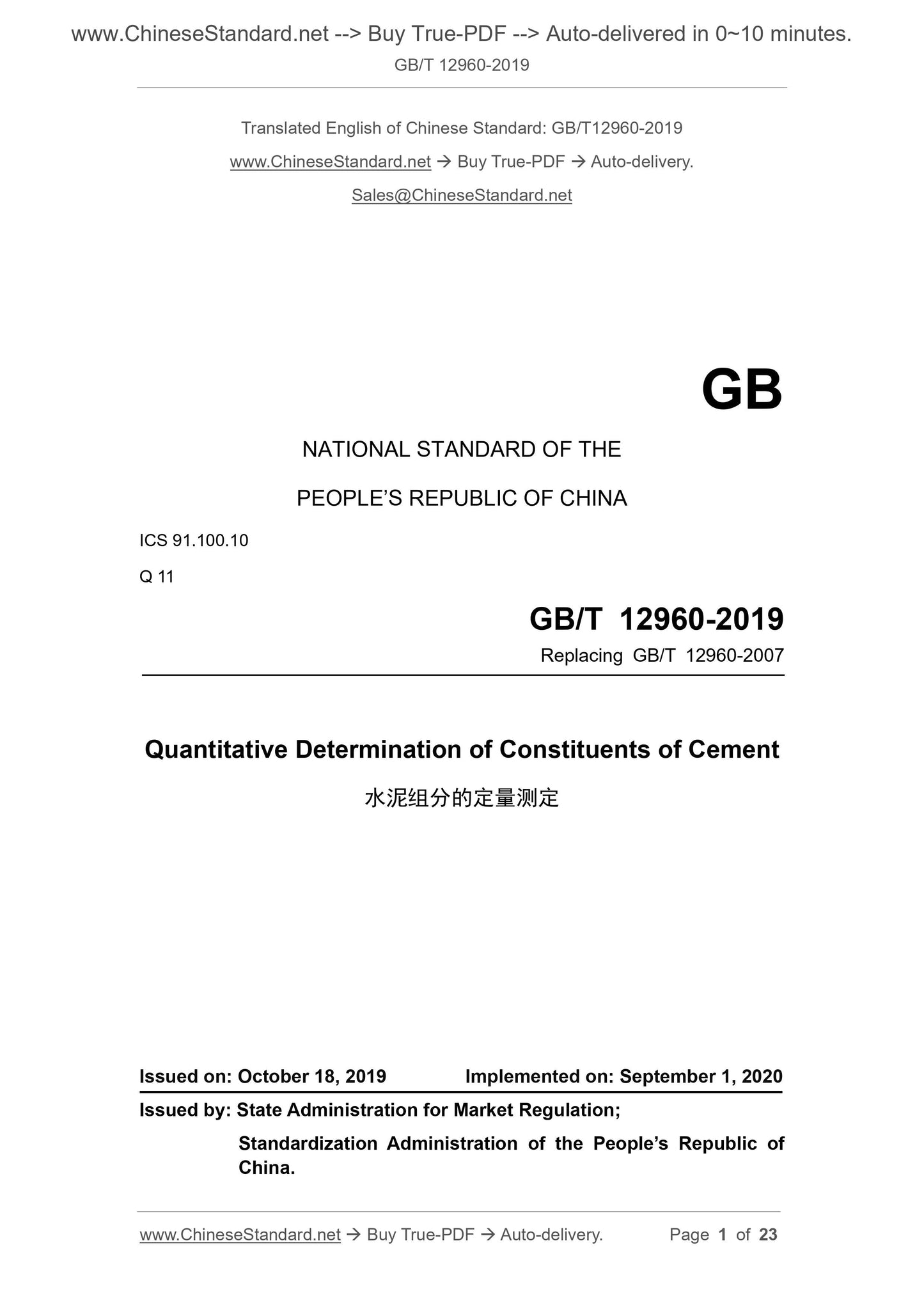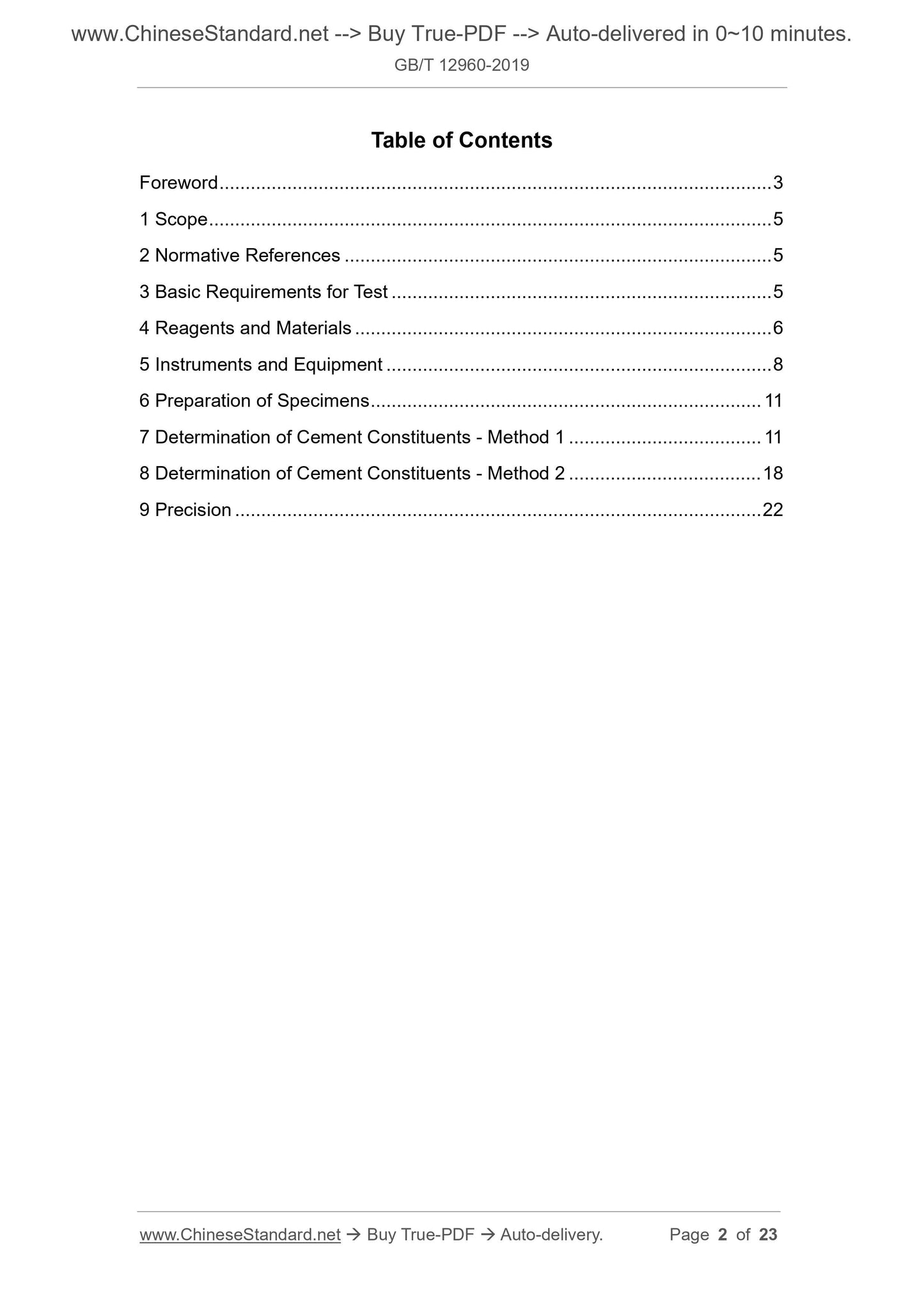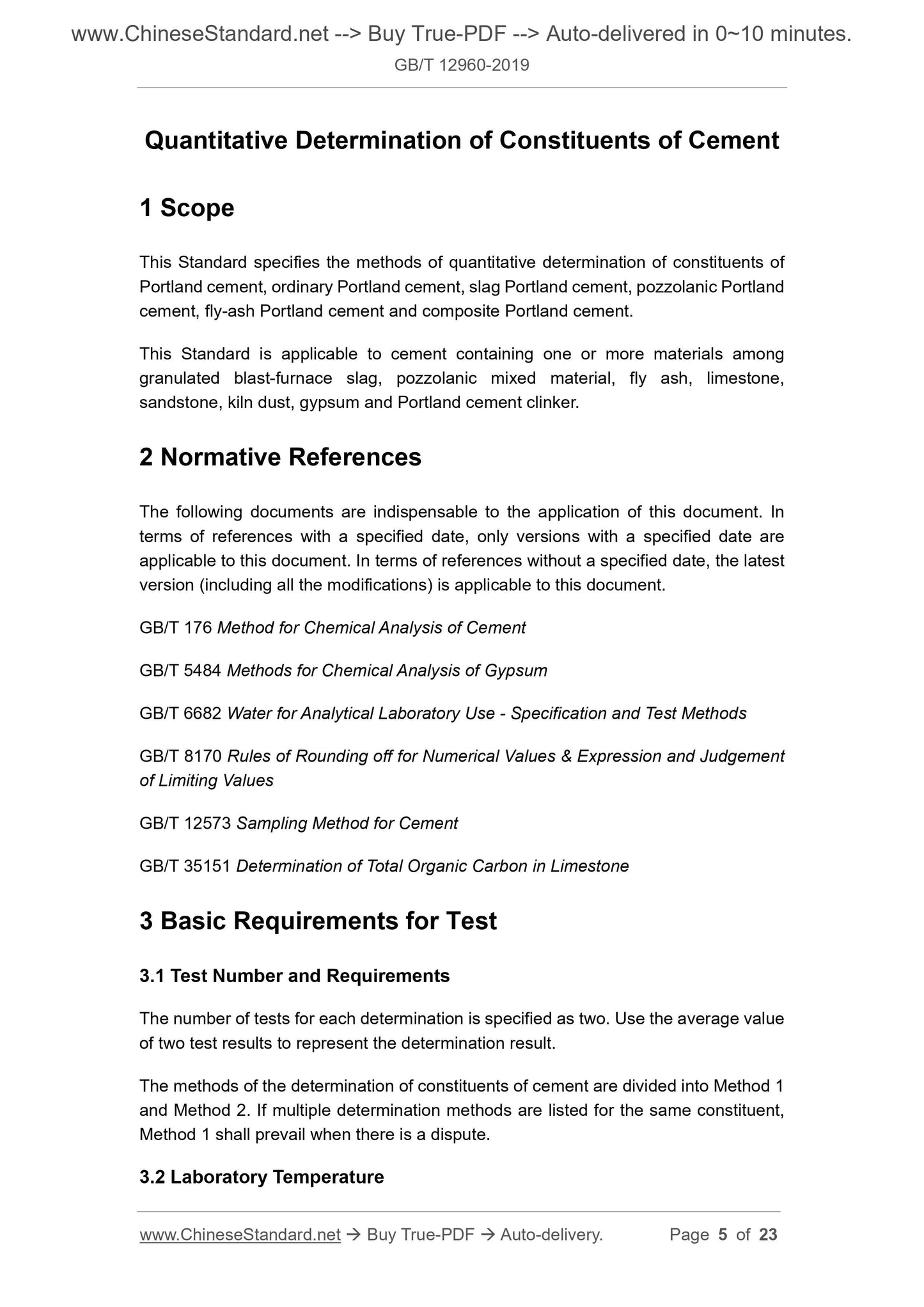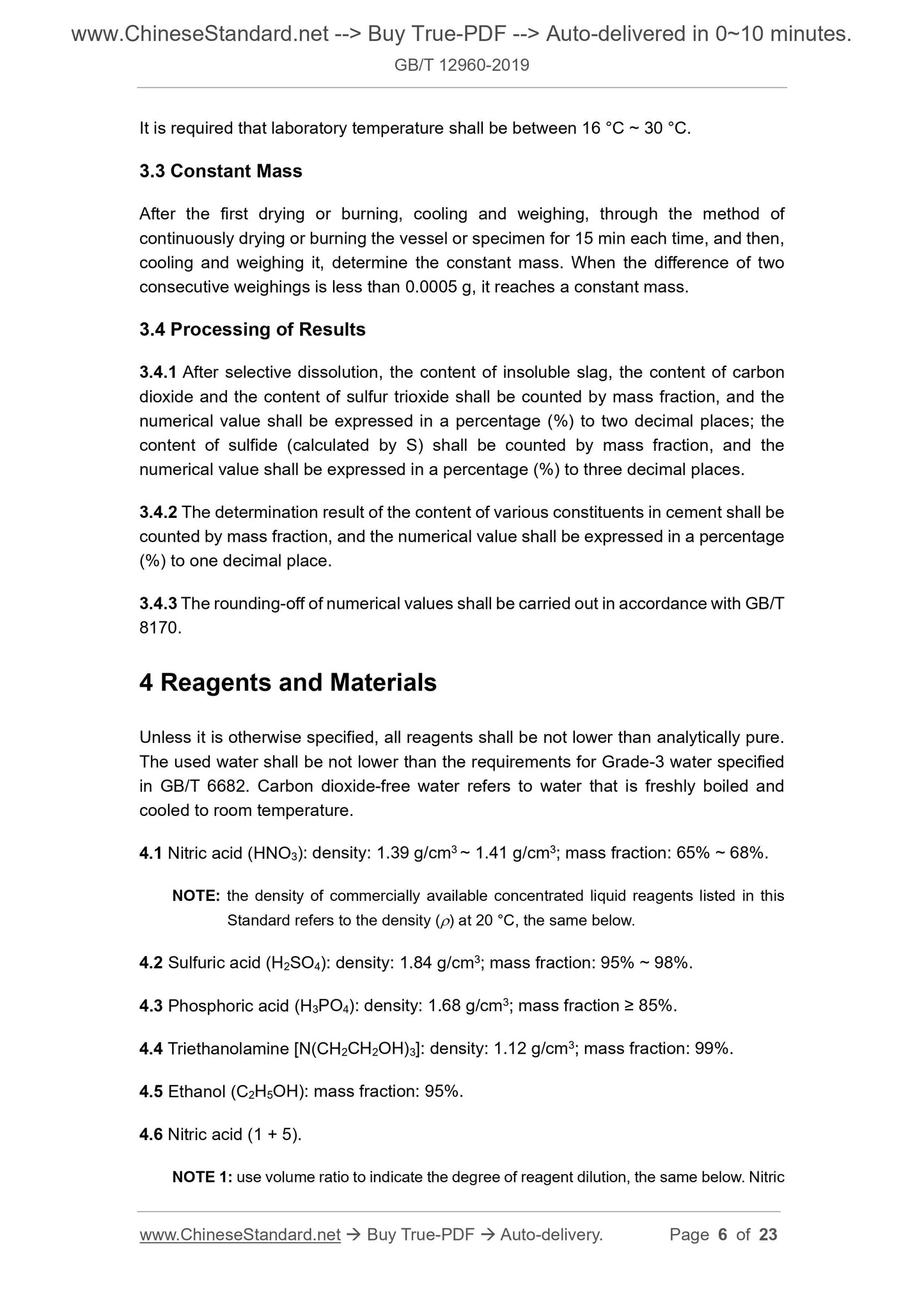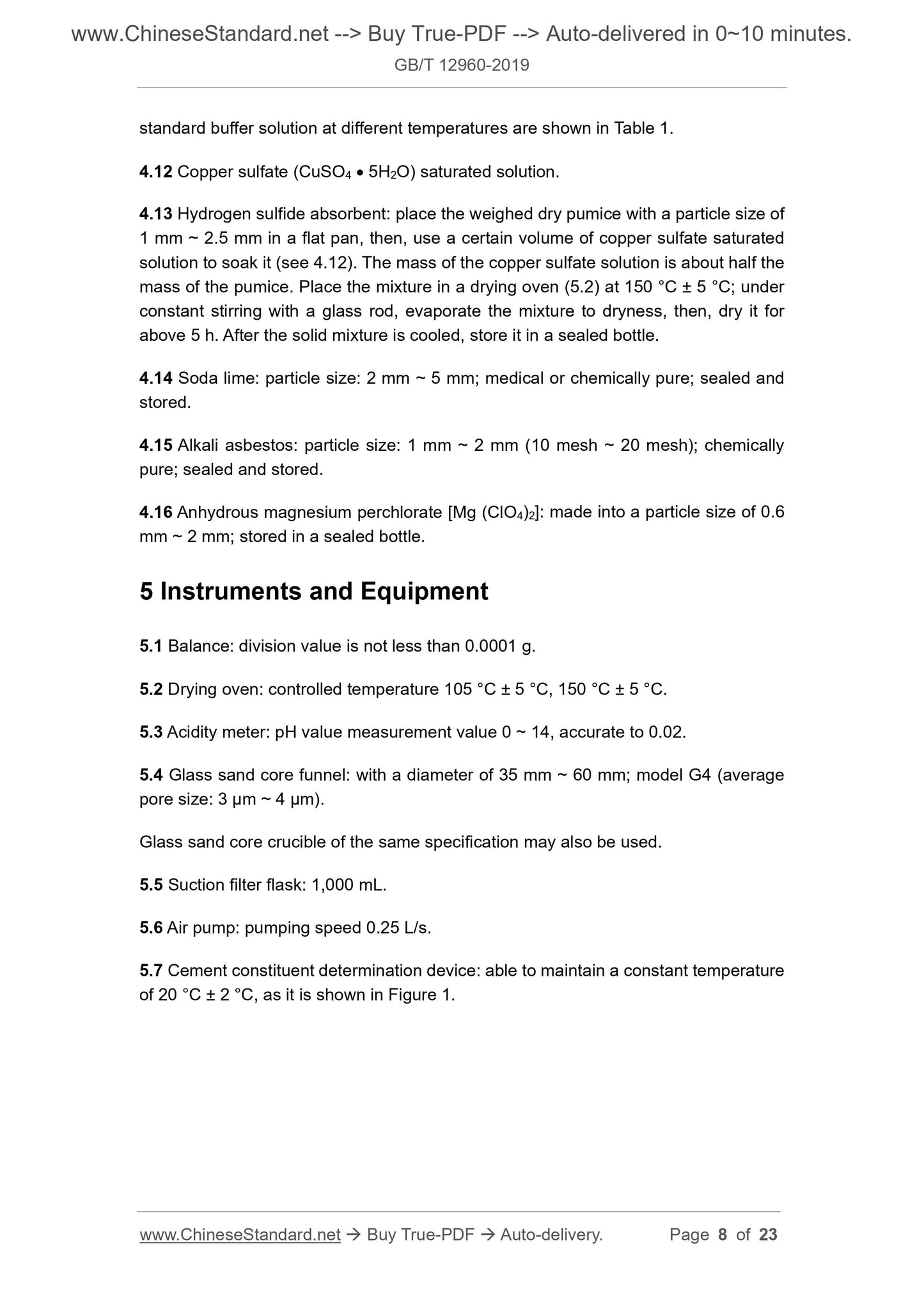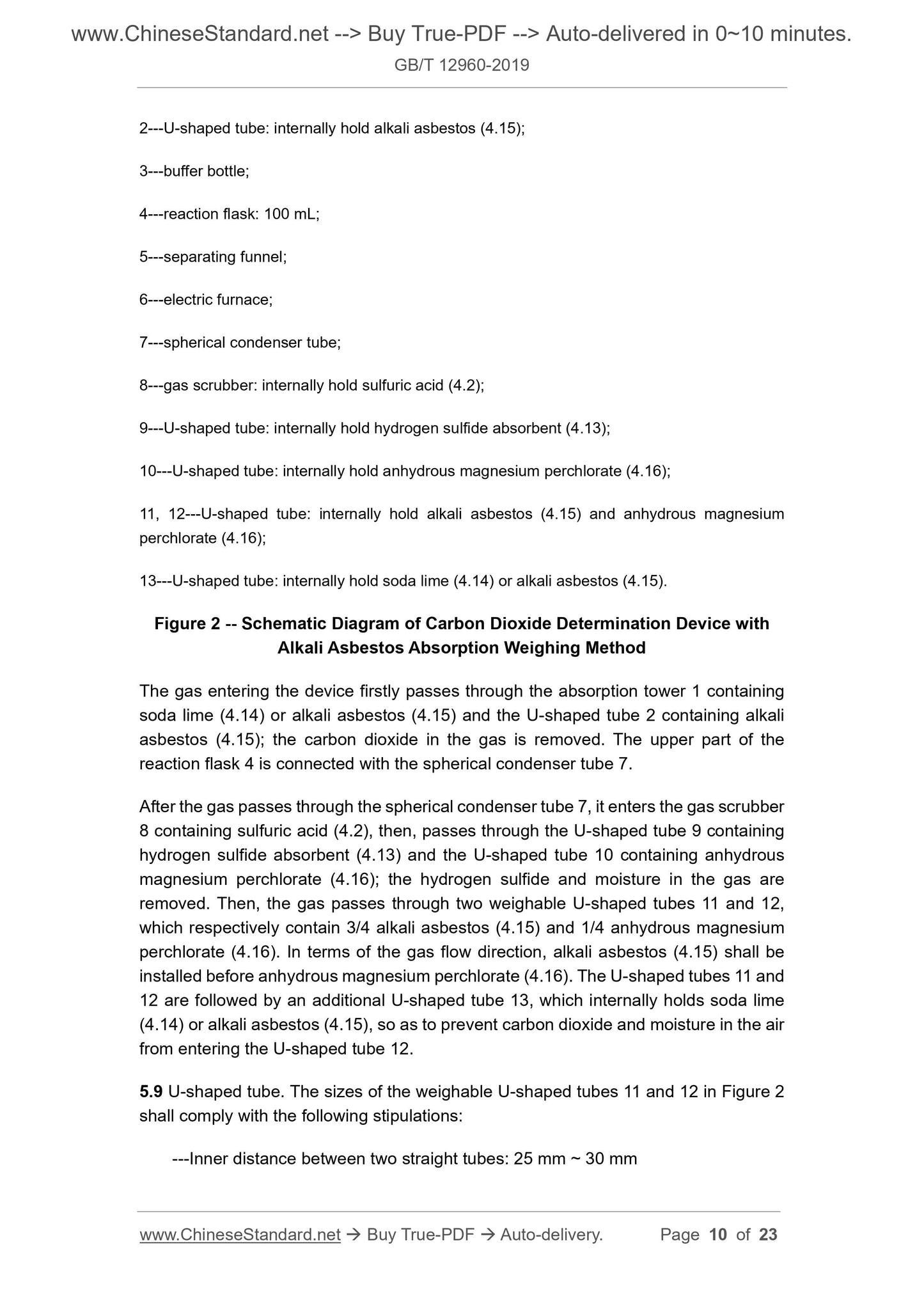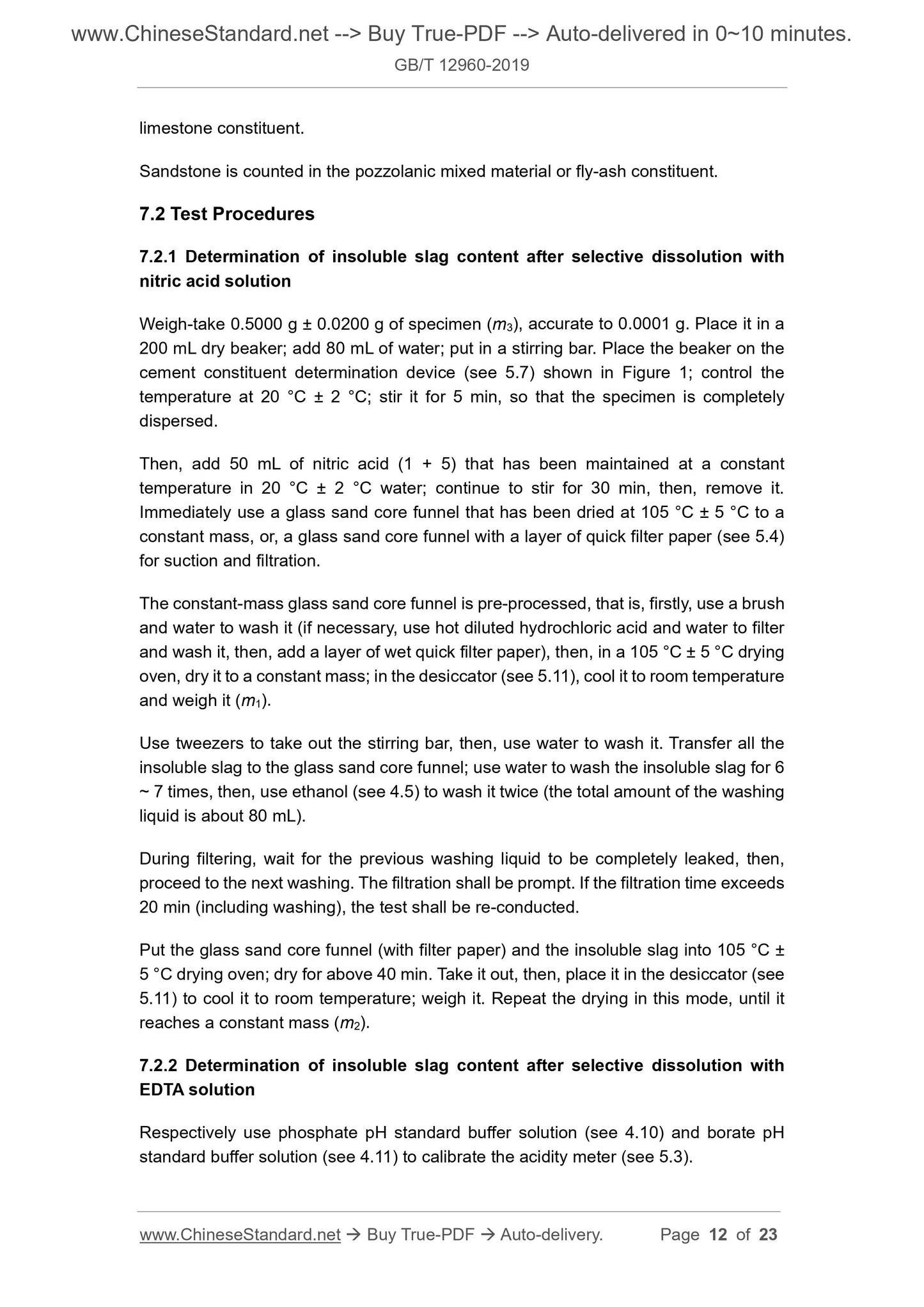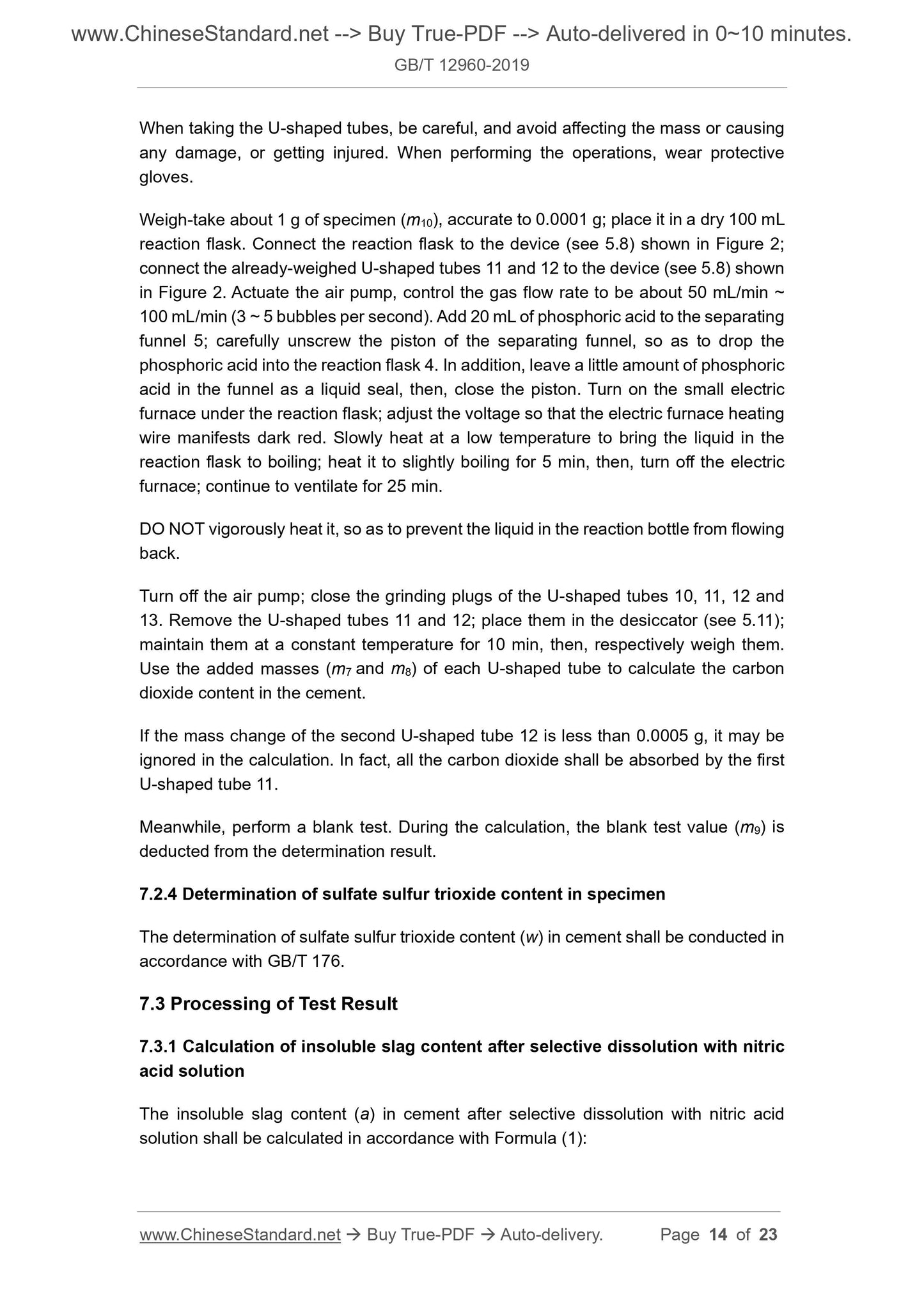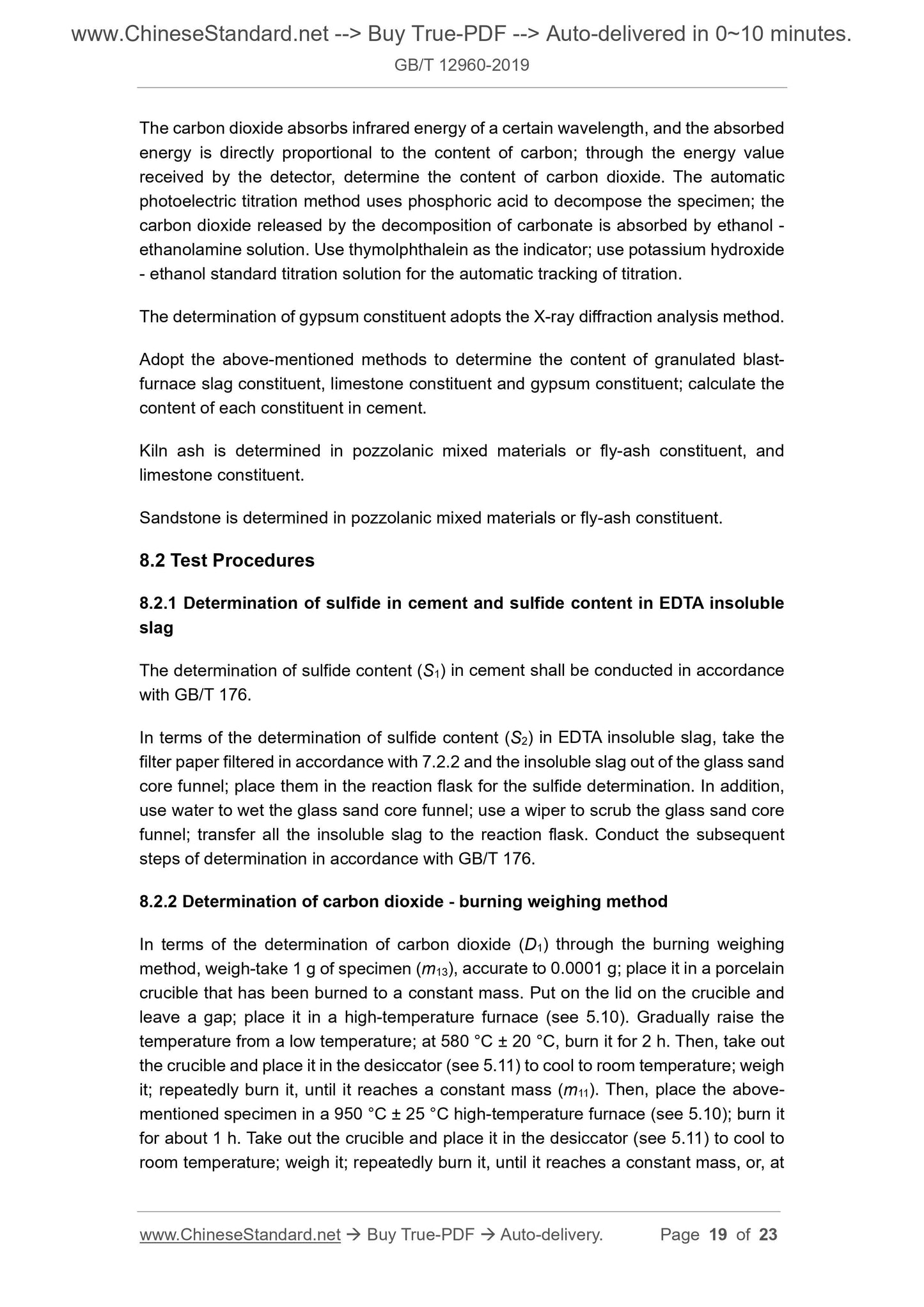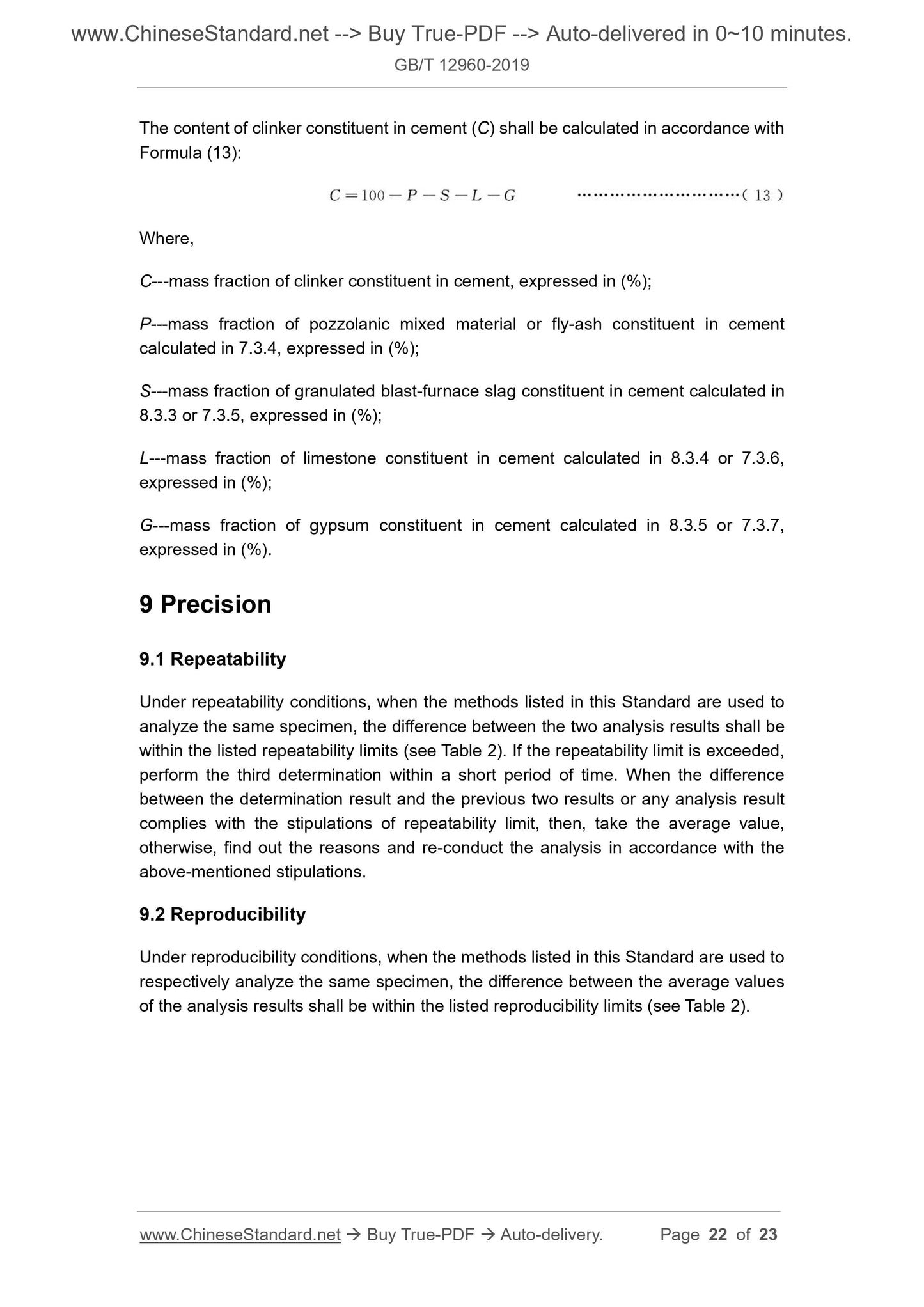1
/
of
10
www.ChineseStandard.us -- Field Test Asia Pte. Ltd.
GB/T 12960-2019 English PDF (GB/T12960-2019)
GB/T 12960-2019 English PDF (GB/T12960-2019)
Regular price
$210.00
Regular price
Sale price
$210.00
Unit price
/
per
Shipping calculated at checkout.
Couldn't load pickup availability
GB/T 12960-2019: Quantitative Determination of Constituents of Cement
Delivery: 9 seconds. Download (and Email) true-PDF + Invoice.Get Quotation: Click GB/T 12960-2019 (Self-service in 1-minute)
Newer / historical versions: GB/T 12960-2019
Preview True-PDF
Scope
This Standard specifies the methods of quantitative determination of constituents ofPortland cement, ordinary Portland cement, slag Portland cement, pozzolanic Portland
cement, fly-ash Portland cement and composite Portland cement.
This Standard is applicable to cement containing one or more materials among
granulated blast-furnace slag, pozzolanic mixed material, fly ash, limestone,
sandstone, kiln dust, gypsum and Portland cement clinker.
Basic Data
| Standard ID | GB/T 12960-2019 (GB/T12960-2019) |
| Description (Translated English) | Quantitative Determination of Constituents of Cement |
| Sector / Industry | National Standard (Recommended) |
| Classification of Chinese Standard | Q11 |
| Classification of International Standard | 91.100.10 |
| Word Count Estimation | 14,134 |
| Date of Issue | 2019-10-18 |
| Date of Implementation | 2020-09-01 |
| Issuing agency(ies) | State Administration for Market Regulation, China National Standardization Administration |
Share
